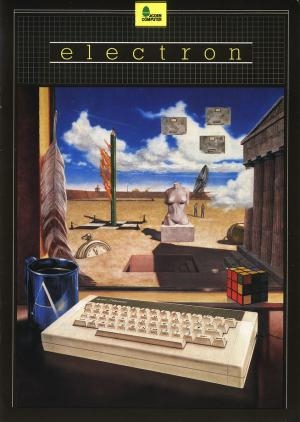
Acorn Electron
Acorn Electron Specifications
| Manufacturer: | Acorn Computers |
| Developer: | Acorn Computers |
| CPU: | MOS Technology 6502A with 2/1 MHz |
| Memory: | 32 KB RAM, 32 KB ROM |
| Graphics: | Ferranti Semiconductor Custom ULA |
| Sound: | 1 channel of sound, 7 octaves; built-in speaker |
| Medium: | Cassette tape, floppy disk (optional), ROM cartridge (optional) |
| Display: | RF modulator, composite video, RGB monitor output, 160×256 (4 or 16 colours), 320×256 (2 or 4 colours), 640×256 (2 colours), 320×200 (2 colours – spaced display with two blank horizontal lines following every 8 pixel lines), 640×200 (2 colours – spaced display) |
The Acorn Electron (nicknamed the Elk inside Acorn and beyond) was a lower-cost alternative to the BBC Micro educational/home computer, also developed by Acorn Computers Ltd, to provide many of the features of that more expensive machine at a price more competitive with that of the ZX Spectrum. It had 32 kilobytes of RAM, and its ROM included BBC BASIC II together with the operating system. Announced in 1982 for a possible release the same year, it was eventually introduced on 25 August 1983 priced at £199.
The Electron was able to save and load programs onto audio cassette via a supplied cable that connected it to any standard tape recorder that had the correct sockets. It was capable of bitmapped graphics, and could use either a television set, a colour (RGB) monitor or a monochrome monitor as its display. Several expansions were made available to provide many of the capabilities omitted from the BBC Micro. Acorn introduced a general-purpose expansion unit, the Plus 1, offering analogue joystick and parallel ports, together with cartridge slots into which ROM cartridges, providing software, or other kinds of hardware expansions, such as disc interfaces, could be inserted. Acorn also produced a dedicated disc expansion, the Plus 3, featuring a disc controller and 3.5-inch floppy drive.
For a short period, the Electron was reportedly the best selling micro in the United Kingdom, with an estimated 200,000 to 250,000 machines sold over its entire commercial lifespan. With production effectively discontinued by Acorn as early as 1985, and with the machine offered in bundles with games and expansions, later being substantially discounted by retailers, a revival in demand for the Electron supported a market for software and expansions without Acorn's involvement, with its market for games also helping to sustain the continued viability of games production for the BBC Micro.
Latest on Acorn Electron
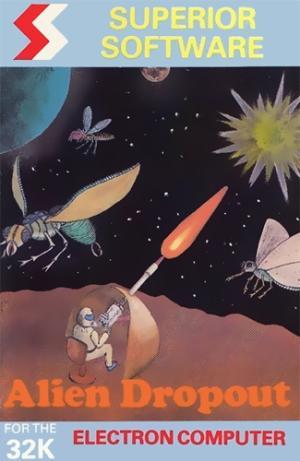
Alien Dropout
ALIEN DROPOUT Killer moths are threatening Earth. The small moths fly into their boxes in sequence. When a box becomes full, one moth is released, ...
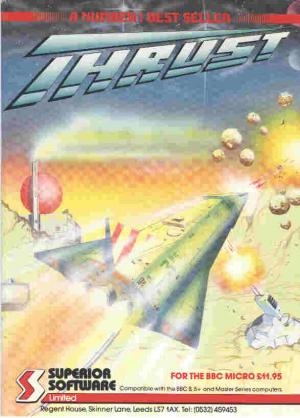
Thrust
The aim is to pilot a spacecraft which must pick up a pod using a tractor beam and fly it into space. The ship and pod are subject to gravity and iner...
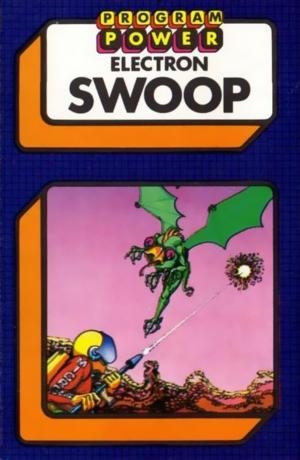
Swoop
Swoop was programmed by David Elliot for Micro Power (aka Program Power). The objective in Swoop is to destroy the homing, swooping birdmen. There ...
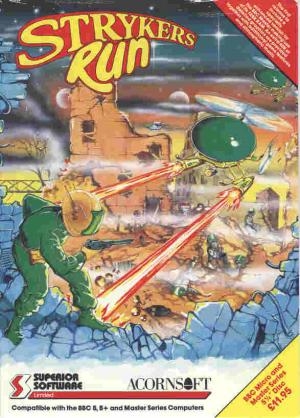
Stryker's Run
Stryker's Run is a 2D side-scrolling action game. The game is set during a futuristic war. The player takes the role of Commander John Stryker of the ...
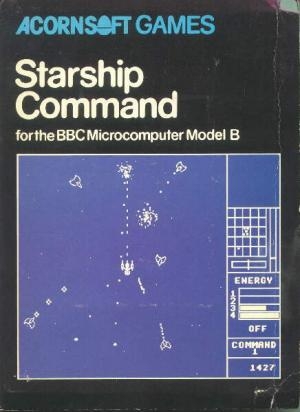
Starship Command
The player assumes the role of captain of a battle starship, charged with defending the frontiers of space from hostile alien ships, which come in two...
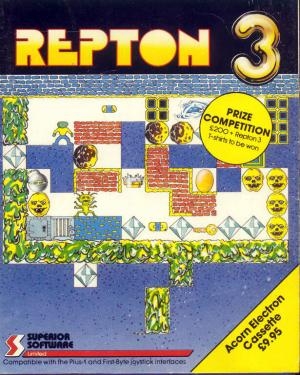
Repton 3
Repton 3, released 5 November 1986, was developed by Matthew Atkinson at Superior's invitation since Tim Tyler wasn't interested in programming it—alt...
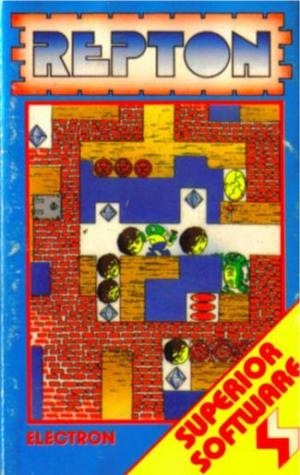
Repton
Repton, the eponymous protagonist, walks around an underground maze in a quest to find all the diamonds (some being held in safes, their release being...
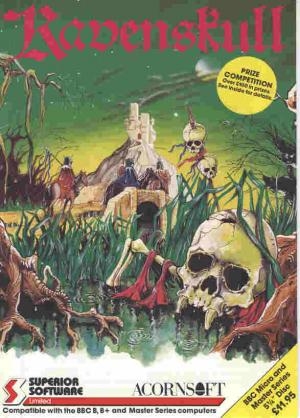
Ravenskull
Ravenskull is a British graphic adventure video game. It was originally developed by Martin Edmondson and Nicholas Chamberlain for the BBC Micro and A...
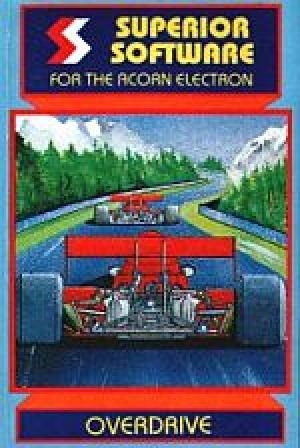
Overdrive
The game was probably inspired by the hugely successful Namco/Atari arcade game Pole Position which was one of the most popular arcade games when Over...
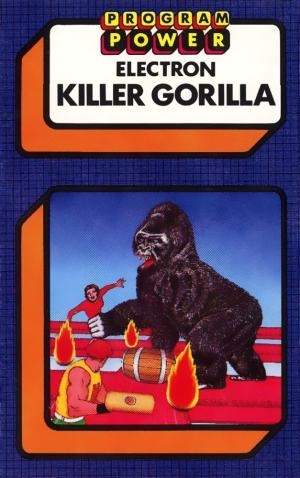
Killer Gorilla
The object of the game is to climb to the top of each level as quickly as possible while avoiding the hazards. There are four levels and if you comple...